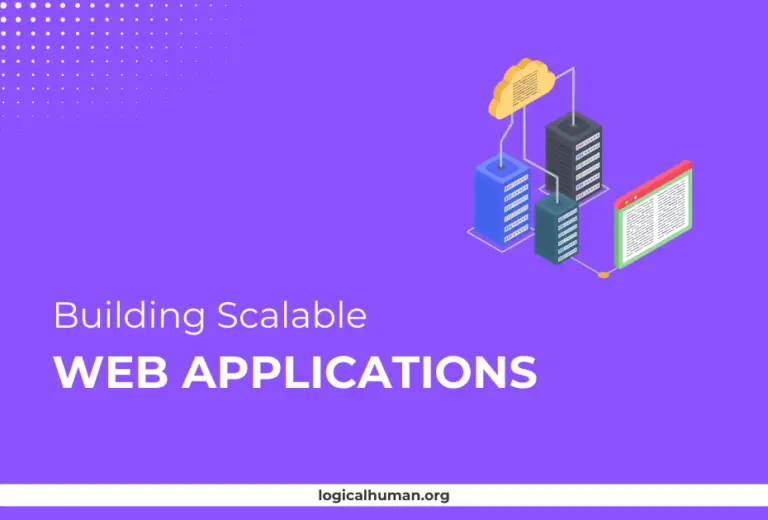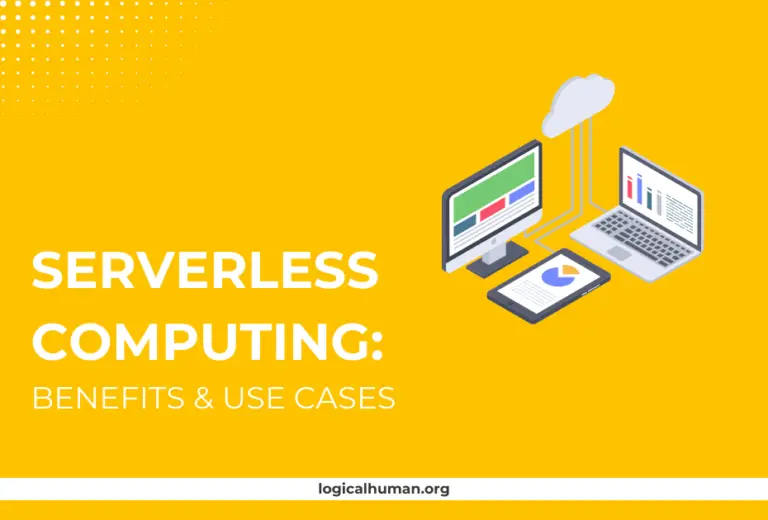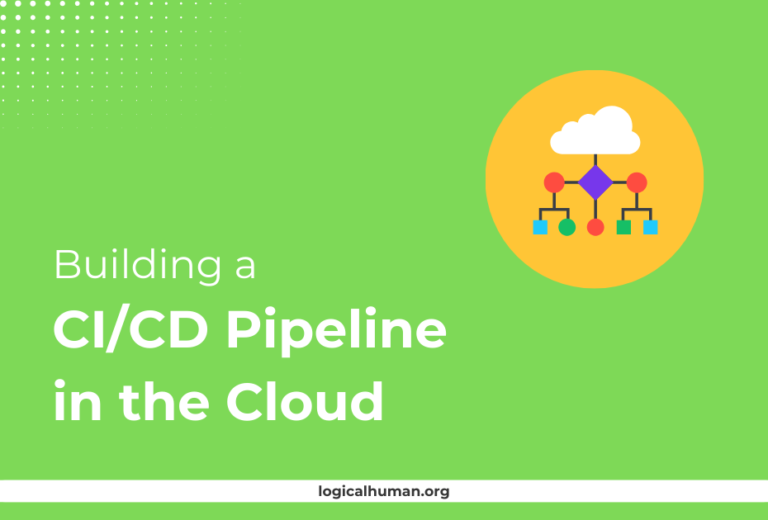Are you tired of manually setting up servers and configurations every time you deploy a new application? Say hello to Infrastructure as Code (IaC), a game-changer in the world of DevOps. In this guide, we’ll take you through the ins and outs of IaC, from the basics to advanced techniques, to help you automate your infrastructure like a pro.
What is Infrastructure as Code (IaC)?
Definition and Overview
Infrastructure as Code (IaC) is a practice in IT where you manage and provision computing infrastructure through machine-readable scripts rather than manual processes. Think of it as writing code for your infrastructure – but instead of creating software, you’re automating your IT environment.
Evolution of IaC in DevOps
IaC has grown alongside DevOps, enabling rapid deployment and scaling of applications. What used to take hours or even days can now be automated and executed in minutes, making it an essential practice for any modern IT team.
Why is IaC Important?
Automation and Consistency
Imagine a world where every environment – development, testing, and production – is identical. With IaC, this is possible. It ensures consistency across all environments by using the same configuration script, eliminating the “it works on my machine” syndrome.
Benefits for Development and Operations Teams
IaC not only automates processes but also fosters collaboration between development and operations teams. It enables developers to define infrastructure requirements in code and operations teams to review and manage infrastructure changes systematically.
Key Concepts of IaC
Declarative vs. Imperative Approaches
- Declarative: You define what the desired state of the infrastructure should be, and the tool figures out how to achieve it. Think of it like telling a chef what dish you want, and they decide how to cook it.
- Imperative: You specify how to achieve the desired state step-by-step. This approach is like cooking the dish yourself with a detailed recipe.
Configuration Management vs. Orchestration
- Configuration Management: Manages the configuration of existing infrastructure. Tools like Ansible and Chef fall into this category.
- Orchestration: Automates the provisioning and management of entire infrastructures, such as setting up a new server cluster. Tools like Terraform and AWS CloudFormation are commonly used here.
| Tool | Supported Platforms | Language Used | Ideal Use Case | Key Features |
|---|---|---|---|---|
| Terraform | AWS, Azure, GCP, Kubernetes, and others | HCL (HashiCorp Configuration Language) | Multi-cloud and hybrid infrastructure | Modular, state management, provider ecosystem |
| Ansible | Multi-cloud, on-premises, network devices | YAML | Configuration management and orchestration | Agentless, simple syntax, vast modules |
| AWS CloudFormation | AWS only | JSON, YAML | AWS-specific infrastructure | Deep AWS integration, serverless support |
| Pulumi | AWS, Azure, GCP, Kubernetes, and others | TypeScript, Python, Go, C# | Infrastructure with familiar programming languages | Code-first approach, integration with CI/CD |
| Chef | Multi-cloud, on-premises | Ruby | Configuration management for complex environments | Automation for compliance and security |
Getting Started with IaC
Choosing the Right IaC Tool
Popular IaC Tools Overview (Terraform, Ansible, CloudFormation, etc.)
There are several IaC tools available, each with its own strengths:
- Terraform: A popular tool for multi-cloud environments. It’s known for its flexibility and vast provider ecosystem.
- Ansible: Great for configuration management and orchestration. It uses simple YAML syntax and doesn’t require an agent to run.
- AWS CloudFormation: Ideal for users deeply embedded in the AWS ecosystem. It allows you to define AWS resources in JSON or YAML templates.
Criteria for Selecting an IaC Tool
When choosing a tool, consider factors like:
- Cloud Compatibility: Does it support your preferred cloud provider(s)?
- Ease of Use: Is the syntax simple and intuitive?
- Community and Support: Are there resources and community support available?
Setting Up Your Environment
Local Development Setup
Before you dive into IaC, ensure you have a development environment set up. Install the necessary tools like a code editor (VSCode is a favorite) and the IaC tool you choose.
Cloud Provider Accounts and Permissions
Ensure you have an account with your chosen cloud provider and the necessary permissions to create resources. This might involve setting up access keys and defining IAM roles.
Writing Your First IaC Script
Basic Syntax and Structure
Your first script doesn’t have to be complicated. Start small by creating a simple resource, like an S3 bucket or a virtual machine. Understanding the basic syntax and structure will give you a solid foundation to build upon.
Deploying a Simple Resource
Once your script is ready, deploy it. This step involves running the script and letting the IaC tool create the resource. For example, with Terraform, you would run:
Advanced IaC Practices
Modularization in IaC
Creating Reusable Modules
As your projects grow, you’ll want to avoid repeating code. Create reusable modules for common components, like network configurations or storage setups. This modular approach makes your scripts cleaner and more maintainable.
Structuring Complex IaC Projects
For large-scale projects, structuring your IaC code is crucial. Use a clear directory structure with separate folders for different environments (e.g., dev, staging, prod) and shared modules.
State Management in IaC
Importance of State Files
State files are the backbone of tools like Terraform. They keep track of your infrastructure’s current state, enabling the tool to determine what changes need to be made. Losing or corrupting state files can lead to serious issues.
Remote State Storage and Locking
Store your state files remotely (e.g., in an S3 bucket) to ensure consistency and avoid conflicts when multiple team members are working on the same project. Implement state locking to prevent simultaneous updates.
Testing and Validation in IaC
Unit Testing IaC Code
Testing isn’t just for software development; it’s vital for IaC too. Use tools like Terratest to write automated tests for your IaC scripts, ensuring they behave as expected.
Integration Testing and Automated CI/CD Pipelines
Set up CI/CD pipelines to automatically validate and apply changes to your infrastructure. This process ensures that all changes are tested and reviewed before they go live.
IaC Security and Compliance
Security Best Practices in IaC
Secrets Management
Never hard-code secrets (e.g., API keys, passwords) in your IaC scripts. Use secret management tools like AWS Secrets Manager or HashiCorp Vault to securely store and reference sensitive data.
Role-Based Access Control (RBAC)
Implement RBAC to ensure that only authorized personnel can deploy and modify infrastructure. This minimizes the risk of accidental or malicious changes.
Compliance in IaC
Integrating Compliance Checks
Automate compliance checks by integrating tools like InSpec or Chef Compliance. These tools help ensure your infrastructure adheres to regulatory and security standards.
Auditing and Reporting
Maintain a clear record of all changes to your infrastructure. Tools like Terraform Cloud provide a detailed audit trail, making it easier to track who made changes and when.
Managing IaC in Production
Deploying IaC in a Production Environment
Blue-Green Deployments
Use blue-green deployment strategies to minimize downtime and risk. Deploy changes to a new environment (blue) while keeping the current environment (green) live. Once the changes are validated, switch traffic to the new environment.
Rollbacks and Disaster Recovery
Always have a rollback plan. If something goes wrong during a deployment, be prepared to revert to the previous state quickly. Regular backups of state files and automated recovery plans are essential.
Monitoring and Observability
Integrating Monitoring Tools
Use monitoring tools like Prometheus or CloudWatch to keep an eye on your infrastructure. Set up alerts for critical metrics like CPU usage or disk space to catch issues before they impact your users.
Log Management and Alerting
Centralize your logs using tools like ELK Stack or Splunk. Implement alerting for critical events to ensure you’re notified immediately when something goes wrong.
Best Practices and Common Pitfalls
Best Practices for Effective IaC
Version Control and Code Reviews
Treat your IaC scripts like any other code. Use version control systems like Git and implement code review processes to catch issues early and maintain a high standard of quality.
Documentation and Knowledge Sharing
Document your IaC code thoroughly. Provide clear explanations for complex scripts and maintain a knowledge base for your team. This practice reduces onboarding time for new team members and prevents knowledge silos.
Common Pitfalls and How to Avoid Them
Over-Complexity in Scripts
Avoid creating overly complex scripts. If you find yourself writing complicated logic, consider breaking it into smaller modules or rethinking your approach.
Mismanagement of State Files
Never edit state files manually. Always use the IaC tool’s commands to manipulate state files to avoid corruption and inconsistencies.
Conclusion
Infrastructure as Code is transforming the way we manage and deploy IT resources. By adopting IaC, you can achieve greater automation, consistency, and collaboration within your organization. Start small, experiment, and gradually adopt best practices as you become more comfortable with the tools and processes.
FAQs
What are the most popular IaC tools today?
The most popular IaC tools include Terraform, Ansible, and AWS CloudFormation. Each has its own strengths and is suited to different use cases and environments.
How does IaC integrate with DevOps workflows?
IaC integrates seamlessly with DevOps workflows by automating infrastructure provisioning and management, enabling continuous delivery and deployment practices.
Can IaC be used with multi-cloud environments?
Yes, tools like Terraform are specifically designed to work with multiple cloud providers, allowing you to manage resources across AWS, Azure, GCP, and more from a single script.
What are the security concerns associated with IaC?
Key security concerns include improper management of secrets, misconfigured permissions, and the risk of code vulnerabilities. Following best practices like using secret management tools and implementing RBAC can mitigate these risks.
How do I get started with IaC as a beginner?
Start by choosing a simple tool like Terraform or Ansible, set up a basic environment, and try deploying a simple resource. From there, you can gradually explore more advanced features and practices.



